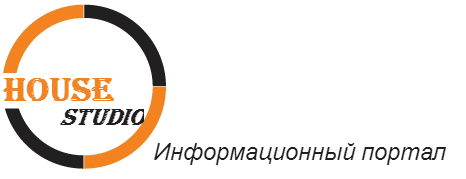buccal – относящийся ко рту или щеке palatine – небный salivary glands – слюнные железы parotid gland – околоушная железа sublingual – подязыковой 43. The digestive tract structure The gastrointestinal tract and associated organs are collectively called the digestive system. This system is responsible for receiving food and breaking it down by using enzymes from the glands and by the movement of the various parts of the intestinal tract; for absorption of these components into the blood; and for eliminating undigested food and certain metabolic wastes from the body. The alimentary canal extends from the mouth to the anus. It is a long tube varying in size and shape depending on what function the particular part performs. The tract has a very good blood sup ply, because food, once it is broken down, has to be absorbed into the bloodstream. The mouth contains the tongue and the teeth and communicates with the salivary glands situated round it. Behind the nose and mouth is the pharynx. Leading from the pharynx is a muscular tube called the esophagus which passes down the thoracic cavity to the stomach. The stomach lies below the diaphragm in the upper left side, of the abdominal cavity. The opening into the small intestine is called the pylorus and is closed by the pyloric sphincter. The small intestine is a muscular tube coiled up in the abdominal ca vity. It is divided into three parts; the duodenum, the jejunum, and the ilium. The large intestine, also a muscular tube but with wider lumen than the small intestine, is often called the colon. It is divided into several different parts: the, cecum, the ascending colon, the transverse colon, the descending colon, the rectum and the anal canal. The glands belonging to the digestive system are the salivary glands, the liver and the pancreas. Stomach is probably the most distensible of any in the human body. The proximal portion is the cardiac portion; the portion above the entrance of the esophagus is the fundus; the distal portion is the pyloric part; and the body is between the fundus and the pyloric part. The coats of the stomach are four: an outer, peritoneal or serous coat; a muscular coat, made up of longitudinal, oblique, and circular fibres; a submucous coat; and tine mucous coat or membrane forming the inner lining. Gastric glands, which are in mucous coat, secrete gastric juice containing hydrochloric acid and other digestive enzymes into the cavity of the stomach. The glands of the fundus and body moot important in the secretion of gastric juice. The shape of the stomach varies from individual to individual and from time to time in the same individual depending upon the degree of digestion, degree of contraction, and the age and the body-built of the individual. Frequently in more J-shaped than U-shaped so that its greater curvature can even lie in the greater pelvis. Cardia and fundus are relatively fixed and, hence, tend to move only with the respiratory excursions of the diaphragm. New words
gastrointestinal tract – желудочно-кишечный тракт food – пища (еда) enzymes – ферменты intestinal tract – кишечный тракт anus – задний проход esophagus – пищевод diaphragm – диафрагма abdominal – брюшной pyloric sphincter – пилорический сфинктер 44. The digestion The process of digestion begins when food is taken into the mouth Chewing brеакs the food into smaller pieces, thereby exposing more surfaces to the saliva Saliva moistens the food, so facilitating swallowing, and it contains the enzyme which begins the conversion of carbohydrates into simple sugars. The major processes of digestion do not occur until the food passes down through the esophagus into the stomach. The stomach has both a chemical and a physical function. The walls of the stomach, which are protected by a layer of mucus, secrete gastric juices composed of several enzymes and hydrochloric acid. The most powerful enzyme is pepsin, which begins the process of converting proteins into amino acids In addition, waves of contraction and relaxation, known as peristalsis, move the walls of the stomach. They turn the food particles into a semi-solid mass known as chyme From the stomach, the chyme passes into the small intestine through the pyloric sphincter Proteins have not been completely broken down, carbohydrates are still being converted into simple sugars, and fats remain in large globules. In the small intestine the process of digestion is completed by the action of the bile, which is secreted by the liver and released by the gallbladder, and by the action of various enzymes which are secreted by the pancreas and walls of the small in testine Absorption of the products of digestion taken place mainly through the wall of the small intestine Digestion










